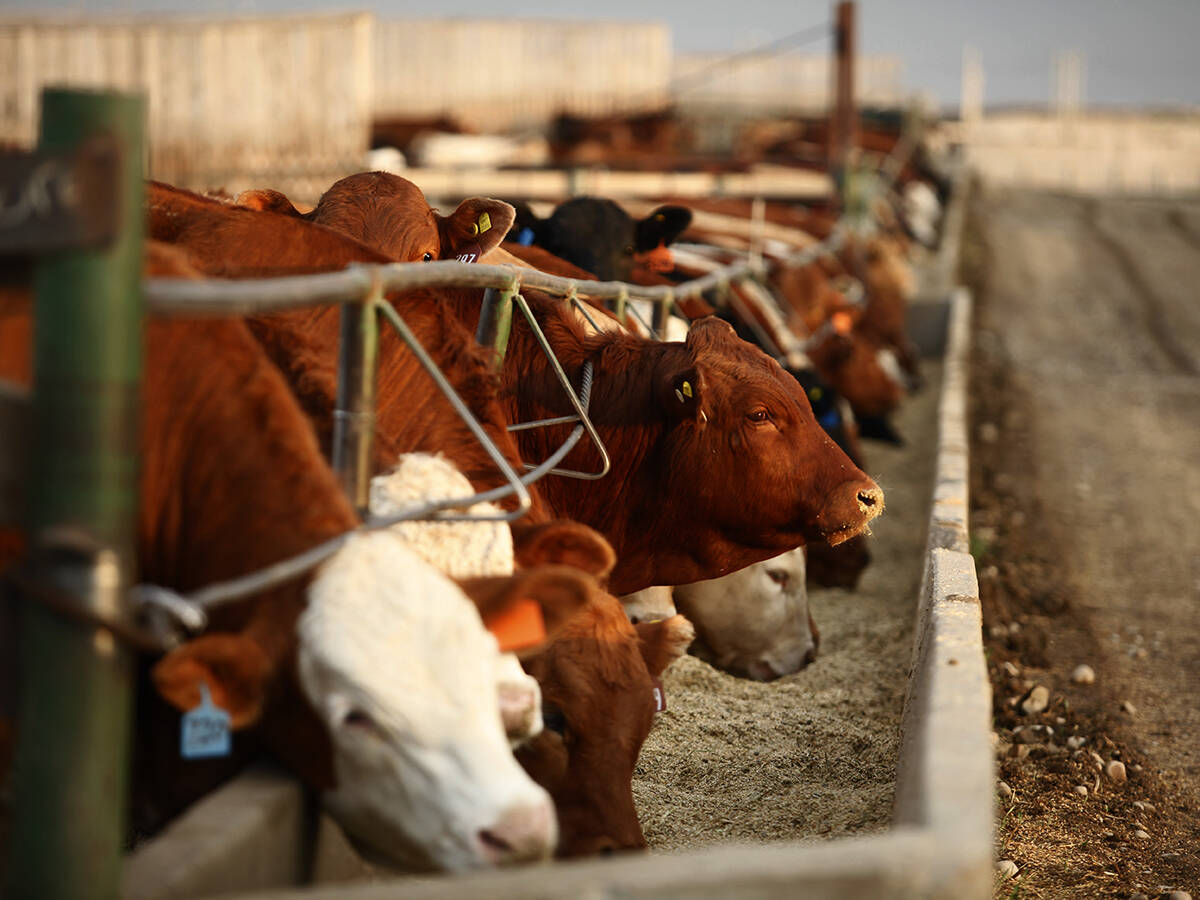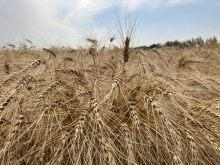CNS Canada — Durum bids in Western Canada posted solid gains over the past two months, with concerns over the quality of the crop behind much of the strength.
Prices are showing signs of topping out, though — and the highs may be in for now.
Spot durum bids in southern Saskatchewan, where the bulk of the country’s crop is grown, are currently at about $310 per tonne, according to data compiled by PDQ (Price and Data Quotes). That’s down by about $5 from highs hit earlier in November, but still more than $60 above levels seen at the beginning of September.
Read Also

U.S. livestock: Cattle extend gains on improving cash prices, packer demand
Reuters — Chicago Mercantile Exchange live cattle futures set a three-week high and feeder cattle hit their highest level in…
Quality issues with Canada’s crop were a major supportive influence, but “the world market has adjusted for the Canadian quality… You won’t see much price strength beyond what we’ve seen right now,” said Jerry Klassen, manager of Canadian operations with Swiss-based GAP SA Grains and Products in Winnipeg.
The U.S. had a relatively large, good-quality crop, and Klassen said the top end market was already saturated.
As a result, he recommended farmers with unpriced good-quality durum make routine sales over the next four months, especially as European and Mexican new crops will start to be available in May.
The seasonal closure of the Port of Thunder Bay at the end of December will also cut into Canadian interior bids.
High vomitoxin levels in Canada’s durum crop are a particular challenge this year.
European customers will accept durum with vomitoxin levels under 1.75 per cent per million, while the cutoff is under two per cent for all other destinations, said Klassen.
High-vomi durum should not be blended under any circumstances, Klassen stressed, as farmers run the risk of samples coming in above the tolerance, which would lead to the rejection of entire cargoes.
While the price may not be optimal due to large Canadian feed supplies, Klassen said any durum with high vomitoxin levels should be sold into the feed market over the next four months as “that’s when there is seasonal demand for feed.”
— Phil Franz-Warkentin writes for Commodity News Service Canada, a Winnipeg company specializing in grain and commodity market reporting.















